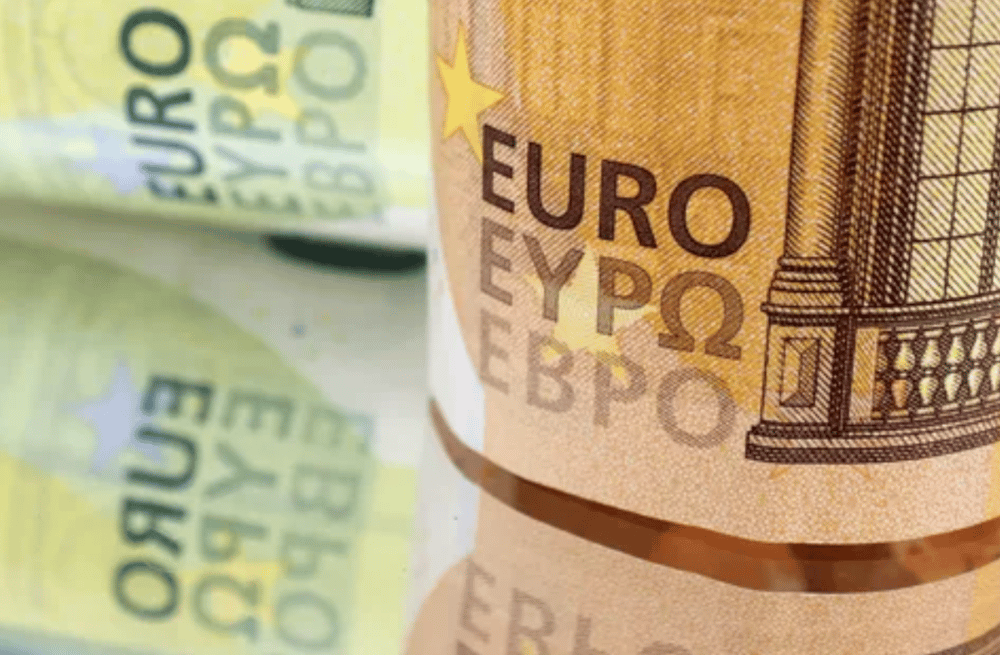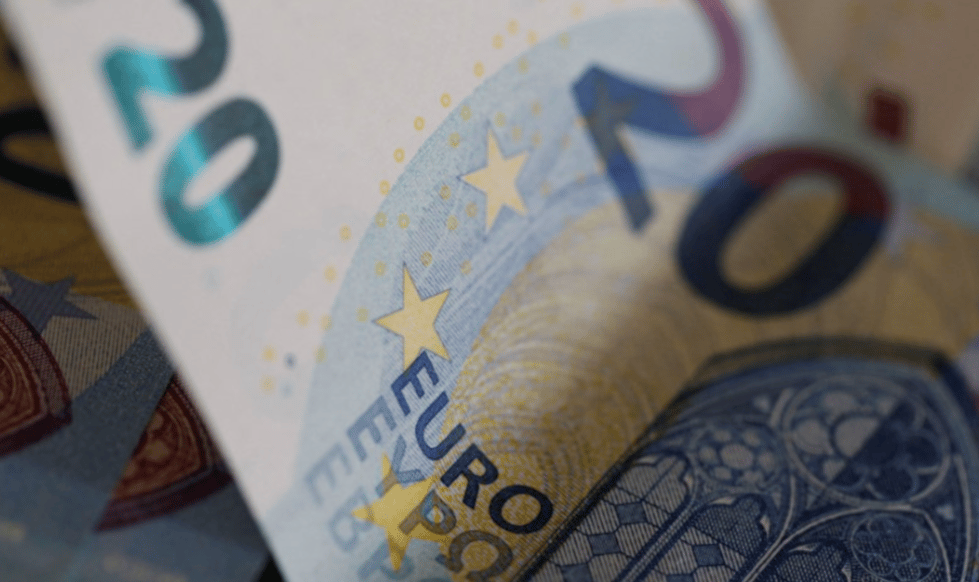

In an unexpected market shift, the euro has surged to record levels, defying conventional economic wisdom in the wake of new U.S. tariffs announced by President Donald Trump. Typically, tariffs are expected to weaken a country's currency to help mitigate export losses; however, the dollar's decline as a "safe haven" asset altered this usual pattern, allowing the euro to gain significant ground.
This surprising movement underscores growing complexities in the global currency markets, especially as European exporters brace for a likely squeeze on their earnings.
A closer look reveals the main factors that have propelled the euro’s recent performance:
U.S. Trade Policy Shockwaves: Trump's announcement on April 2 sent shockwaves through financial markets, leading to a weakened dollar.
Safe-Haven Shift: Investors traditionally seeking refuge in the dollar appeared to reassess, diminishing its appeal and bolstering the euro.
German Fiscal Stimulus: A sharp rise in government spending in Germany added strength to the euro, reflecting improving domestic demand.
Record Highs Against Currency Baskets: The euro’s appreciation reached historic levels versus a broad basket of global currencies, complicating policy outlooks for the European Central Bank (ECB).
Strong Performance in April: The currency’s notable rally, nearly half of which occurred in April alone, marked its best monthly showing since late 2022.

Despite the optimistic optics for the euro, underlying risks for the European economy are rising:
Export Dependency Risks: With 60% of STOXX 600 companies' revenues sourced from outside Europe—almost half of which come from the U.S.—a strong euro could erode competitiveness.
Impact on Corporate Profits: Goldman Sachs analysts warn that earnings could decline by several percentage points as the dual burden of tariffs and currency strength weigh on balance sheets.
Policy Dilemma for ECB: The euro’s rally puts additional pressure on the ECB, potentially complicating future stimulus efforts if the strong currency dampens inflation and growth.
These factors suggest that the recent gains might not translate into broader economic benefits for the region.
Several notable developments are shaping current market sentiment:
The STOXX 600 Index $^STOXX faces headwinds as European companies prepare for profit margin pressures.
German government spending is offering a temporary cushion for domestic demand but may not fully offset export challenges.
U.S. dollar softness continues to provide short-term tailwinds for the euro, though this trend remains sensitive to geopolitical developments.
Overall, the euro’s rally highlights an increasingly intricate global financial landscape, where traditional relationships between trade, currency, and market risk are being redefined.
Strategic, forward-looking deals such as this could set the stage for a major evolution in the tech ecosystem